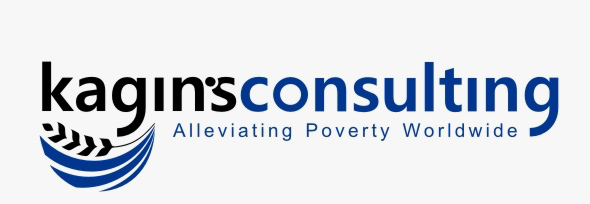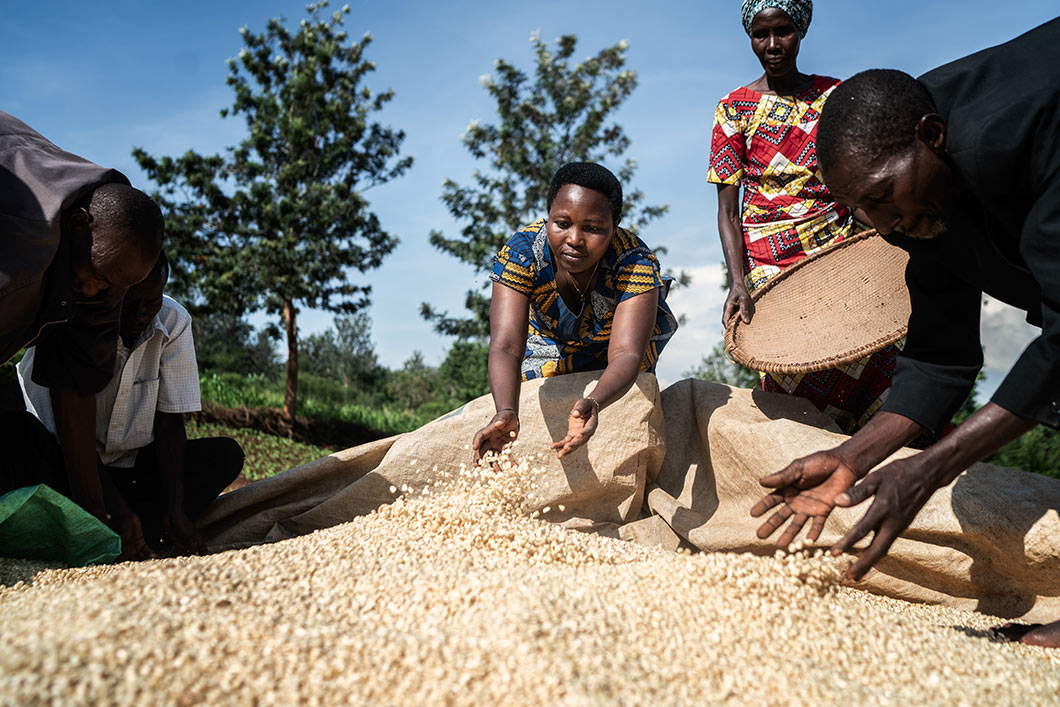Economic impact assessment of World Food Programme expenditures in East Africa
Area: East Africa
Partner Agency: The World Food Programme (WFP)
Timeline: 2020-2022
Objective: To estimate the broader economic impacts of WFP’s food and other expenditures in the region and how those expenditures can affect income, production, and employment.
Methods: Computable general equilibrium (CGE) models, a platform built on top of the Global Trade Analysis Project (GTAP) and the Environmental Impact and Sustainability Applied General Equilibrium (ENVISAGE) model.
Approach: The main reason behind using ENVISAGE model for this project is that it has the advantage over the standard GTAP model of enabling sourcing by individual agents, labour market segmentation and potential for a more complete modelling of current accounts. It estimates country direct and spillover effects of specific WFP procurement and delivery of aid in East African countries. These types of models have been used to simulate impacts of policies and other interventions on the economies of countries but as far as we know this is the first research to use a CGE model to look at the impacts of a global agency such as WFP.
Key findings: Each dollar spent by the RBN (Regional Bureau Nairobi), according to our simulations, increases real income (GDP) by as much as $3.68 and total production as much as $6.47. On average, across RBN, expenditures increase income by $1.42 and production by $2.30 for each dollar spent. WFP spending creates 365,606 jobs for unskilled workers and 20,047 jobs for skilled workers across East Africa.



A working paper is at the Journal of Food Policy titled “Uncovering the World Food Programme’s Economic Footprint in East Africa”.

